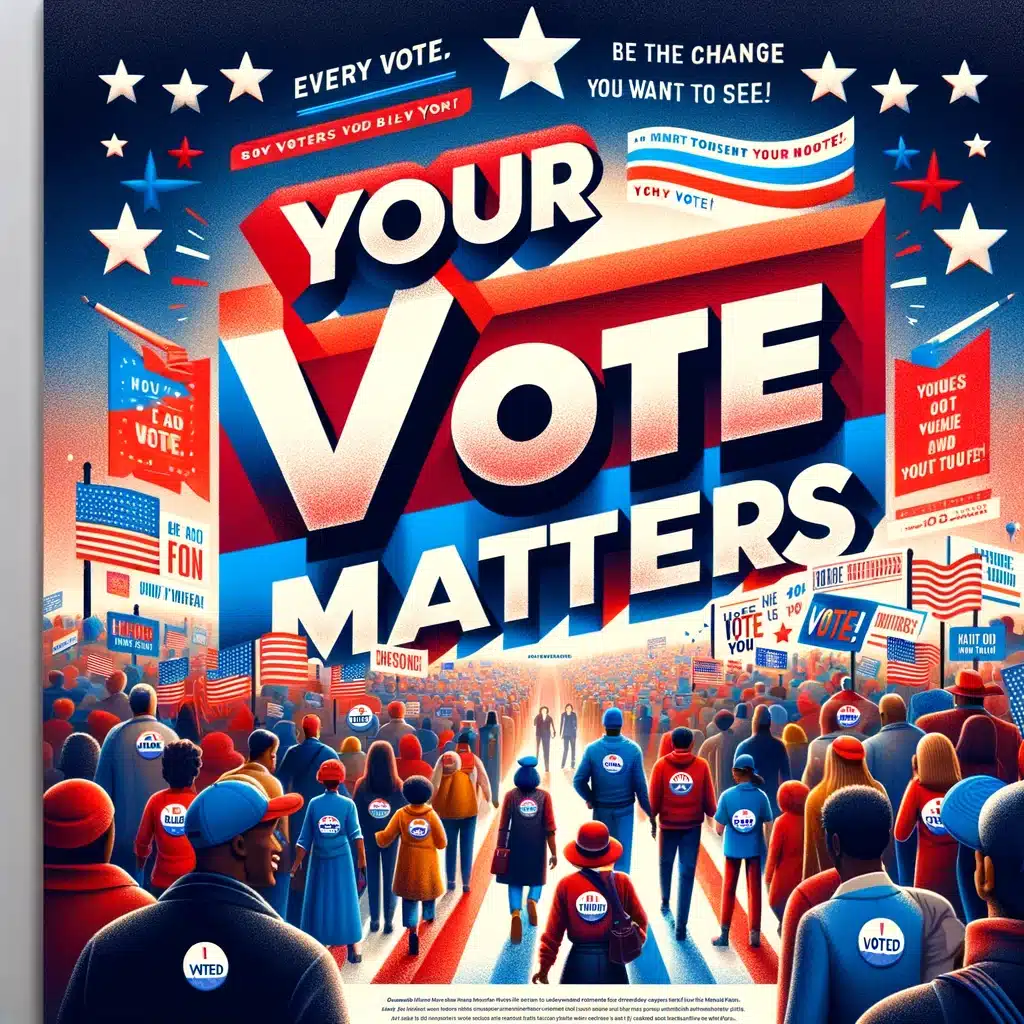The #10 envelope is an essential tool in business communication. It’s a standard-sized envelope that has been around for ages, and it’s the go-to choice for many businesses, organizations, and individuals. But what exactly is a #10 envelope, and why is it so popular? In this blog post, we’ll take a deep dive into the #10 envelope, its dimensions, and its various uses. We’ll also explore the history and significance of this humble yet indispensable stationery item.
What is a #10 Envelope?
A #10 envelope, also known as a “business envelope” or “commercial envelope,” is a rectangular paper container designed to hold and transport documents, letters, and other flat items. It is the most common envelope size used in the United States and Canada for business and personal correspondence. The envelope’s dimensions are 4⅛ inches by 9½ inches (or 104.775 mm by 241.3 mm), providing ample space for a standard 8½ x 11-inch sheet of paper folded into thirds.
History and Significance of the #10 Envelope:
The #10 envelope has its roots in the early days of the postal system, when letters were sent in various shapes and sizes. It wasn’t until the 19th century that the standardization of envelope sizes began, driven by the need to streamline postal operations. The #10 envelope emerged as a popular choice due to its practical size and compatibility with the most common paper size, 8½ x 11 inches, which has been the standard since the invention of the typewriter.
The #10 envelope is now a symbol of professional communication, often used for sending invoices, contracts, and formal letters. Its continued prevalence in the digital age can be attributed to its convenience, familiarity, and the sense of professionalism and formality it brings to correspondence.
The Anatomy of a #10 Envelope:
A typical #10 envelope features the following elements:
The front side is where the recipient’s address, sender’s return address, and postage are placed. The envelope can have a window or be windowless, depending on the specific use case.
The back side usually has a flap with adhesive, which is used to seal the envelope. The flap can be straight, rounded, or pointed in shape.
The interior may be lined with security tint, a pattern that makes it difficult to see the contents of the envelope when held up to light. This feature is essential for protecting sensitive information and maintaining privacy.
Various Uses of the #10 Envelope:
The versatile #10 envelope serves a range of purposes in both business and personal settings. Some common uses include:
Business Correspondence: The #10 envelope is the preferred choice for sending invoices, statements, contracts, and formal letters. Its size is perfect for holding standard letter-sized documents folded into thirds.
Direct Mail: Businesses often use #10 envelopes for direct mail campaigns, as they can easily accommodate promotional materials, coupons, and response cards.
Personal Letters: Although the #10 envelope is synonymous with business communication, it’s also suitable for personal letters, invitations, and announcements.
Window Envelopes: The #10 window envelope, which features a transparent window on the front side, is ideal for mailing items with pre-printed addresses, such as billing statements and paychecks. This design saves time and reduces the likelihood of errors when addressing envelopes.
Customizing Your #10 Envelope:
While the standard #10 envelope is a staple in professional communication, there are various ways to customize it to suit your brand or personal style. Some customization options include:
Paper stock: Choose from a variety of paper stocks, ranging from a basic, lightweight option to more premium, textured materials. The paper stock you select can impact the envelope’s durability and the impression it makes on the recipient.
Colors: Although white and cream are the most common envelope colors, you can choose from a wide array of hues to match your brand identity or the theme of your correspondence. Using a unique color can help your envelope stand out in a pile of mail.
Printing: Custom printing allows you to add your logo, return address, or unique designs to the envelope. Professionally printed envelopes can elevate the appearance of your mail and reinforce your brand identity.
Security features: If you’re mailing sensitive documents, consider adding security features like tamper-evident seals or RFID blocking technology to your #10 envelopes. These enhancements can help protect the contents and provide peace of mind for both you and the recipient.
Eco-friendly options: If sustainability is a priority for you or your business, consider using envelopes made from recycled materials or paper certified by the Forest Stewardship Council (FSC). Choosing eco-friendly envelopes demonstrates your commitment to the environment and can positively influence your brand image.
The Importance of Postage:
When using a #10 envelope, it’s crucial to ensure you have the correct postage. The cost of mailing your envelope will depend on its weight, size, and destination. As of September 2021, the standard postage rate for a one-ounce letter within the United States is $0.58. However, this rate may have changed since then, so it’s always a good idea to consult the USPS website or your local post office for the most up-to-date information on postage rates.
In Conclusion:
The #10 envelope remains a vital tool in business communication and personal correspondence. Its versatility, practical size, and compatibility with standard letter-sized paper make it a popular choice for a wide range of mailing needs. By customizing your #10 envelopes with unique paper stocks, colors, and designs, you can create a memorable impression and reinforce your brand identity. And, as we continue to rely on both digital and physical communication, the #10 envelope serves as a reminder of the enduring value of tangible, personal connections in our increasingly digital world.

 03/31/2023
03/31/2023  Steve Bearden
Steve Bearden

